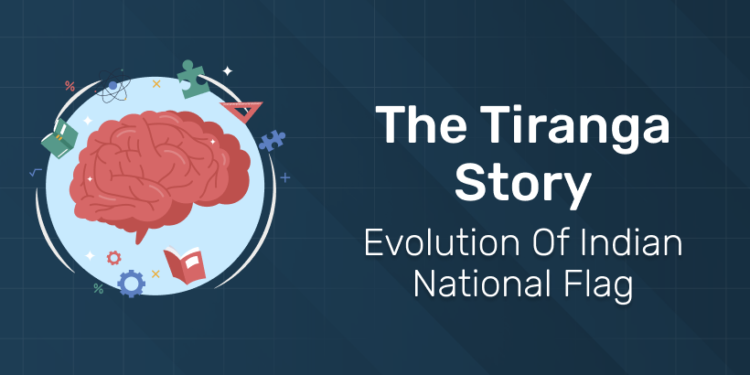Table of Contents
On August 15, 2024, our nation celebrated its 78th Independence Day, commemorating the night we obtained freedom from British imperial rule. We saw our national flag being hoisted all around the country, eliciting the Indian spirit. During the 77 years of independence, India, as a nation, rose and evolved into the world leadership. We might be familiar with the history of India, but the tricolour national flag we see has a history as vast as the nation, which we might not be familiar with.
Before independence, as India was divided into several princely states, we never had a national flag representing it as one nation. The country didn’t feel the need for a flag until the partition of Bengal.
Since its inception, the Indian flag has undergone various changes to reach the tricolour form we see today. The first national flag of India, designed by Sachindra Prasad Bose, was hoisted in the Parsee Bagan Square in Calcutta, now Kolkata, on August 7, 1906. The flag featured three equal horizontal stripes – green at the top with eight white lotuses, yellow at the middle with Vande Mataram written in Devnagiri script, and red at the bottom with a crescent moon and sun in the corners. It stood as a symbol of the Swadeshi movement, resistance, and call for boycotting foreign British goods.
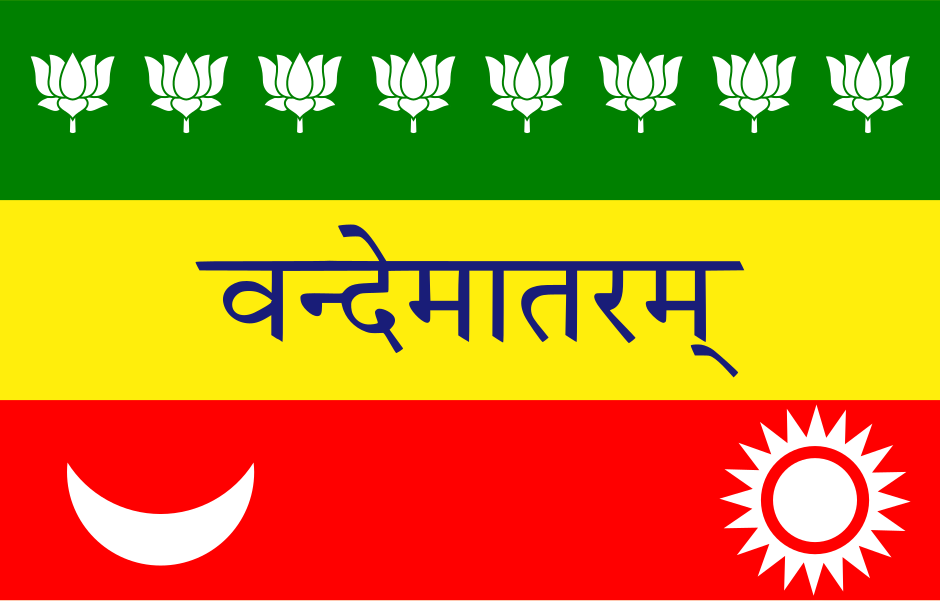
The second version of the national flag was unfurled at the second International Socialist Congress, 1907, at Stuttgart in Germany by Madam Bikaji Rustom Cama. This flag, also known as the Berlin Committee Flag, was the first to represent India in some way in an international forum. Cama and her band of exiled revolutionaries hoisted the flag as an appeal for support for Indian autonomy and agency against the oppressive British rule.
The Berlin Committee Flag, designed by Hemchandra Kanungo, was similar to the previous version with minimal changes. Among the three horizontal stripes, the top colour strip changed from green to orange, and the lotus to stars. The bottom colour strip went from red to green, with the sun, the crescent moon, and the star at the corners. The centre portion remained unchanged.
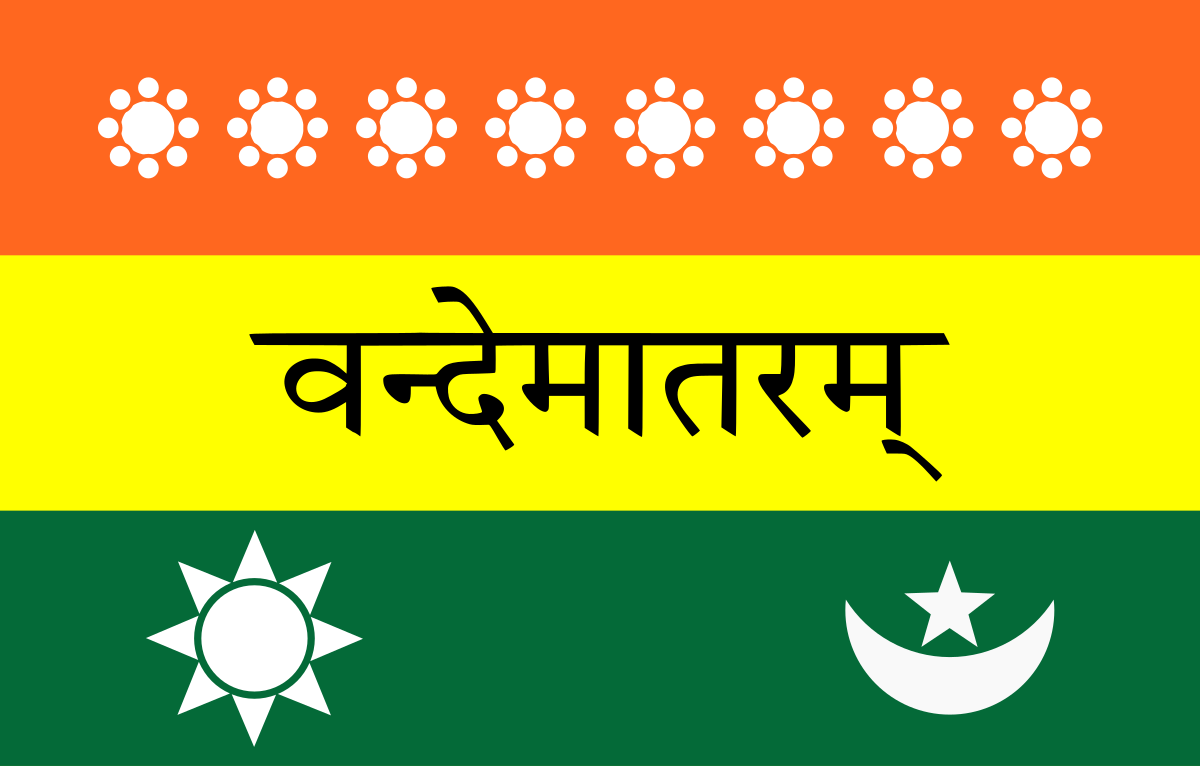
The third flag went up in 1917 during the Home Rule Movement. Annie Besant and Lokmanya Tilak together hoisted the new Indian Flag, which was different from its previous versions. Annie Besant designed the flag to represent the spirit of the movement that demanded greater autonomy and self-governance for Indians within the colonial rule. The flag had five red and four green horizontal strips designed alternatively, with a Union Jack (the national flag of the United Kingdom) in the left-hand top corner (the pole end). It also had seven stars in the saptarishi configuration and a white crescent and star in one corner.
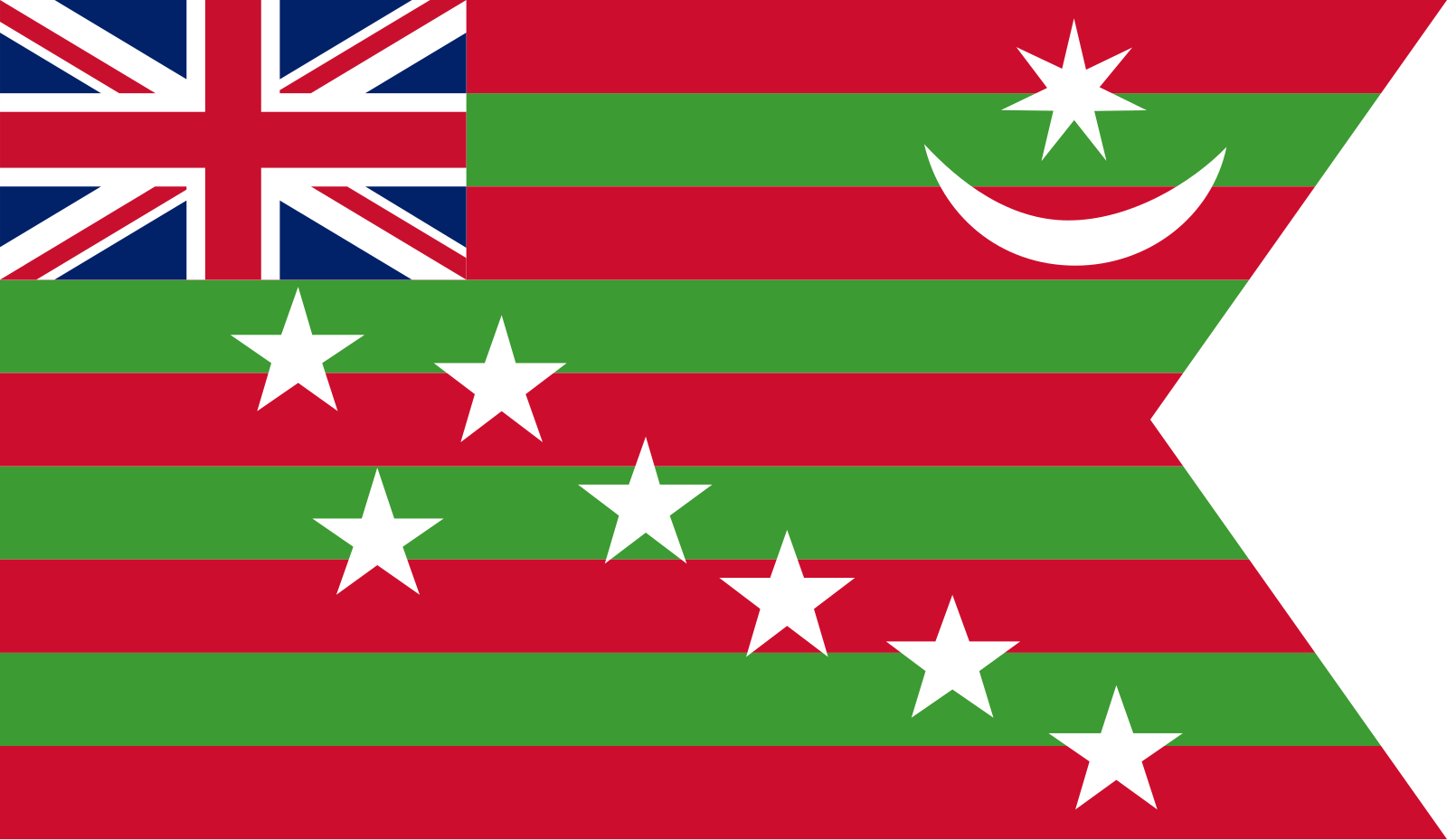
In 1921, motivated by Mahatma Gandhi, Pingali Venkaiah designed a new flag during the All India Congress Committee session at Bezwada (now Vijayawada). The new flag, the Charkha Flag or the Swaraj Flag, featured white, green, and red horizontal colour strips representing various communities like Hindus, Muslims, and Sikhs in India. There was a chakra superimposed at the centre of the flag, symbolising the progress of the nation.
Initially, when Venkaiah introduced the flag to Gandhiji, it was made up of two colours (red and green) representing the two major communities – Hindus and Muslims. The white strip on the top was later included on Gandhiji’s suggestion to represent the other communities of India. However, the Indian Congress Committee did not adopt it as the official flag then.
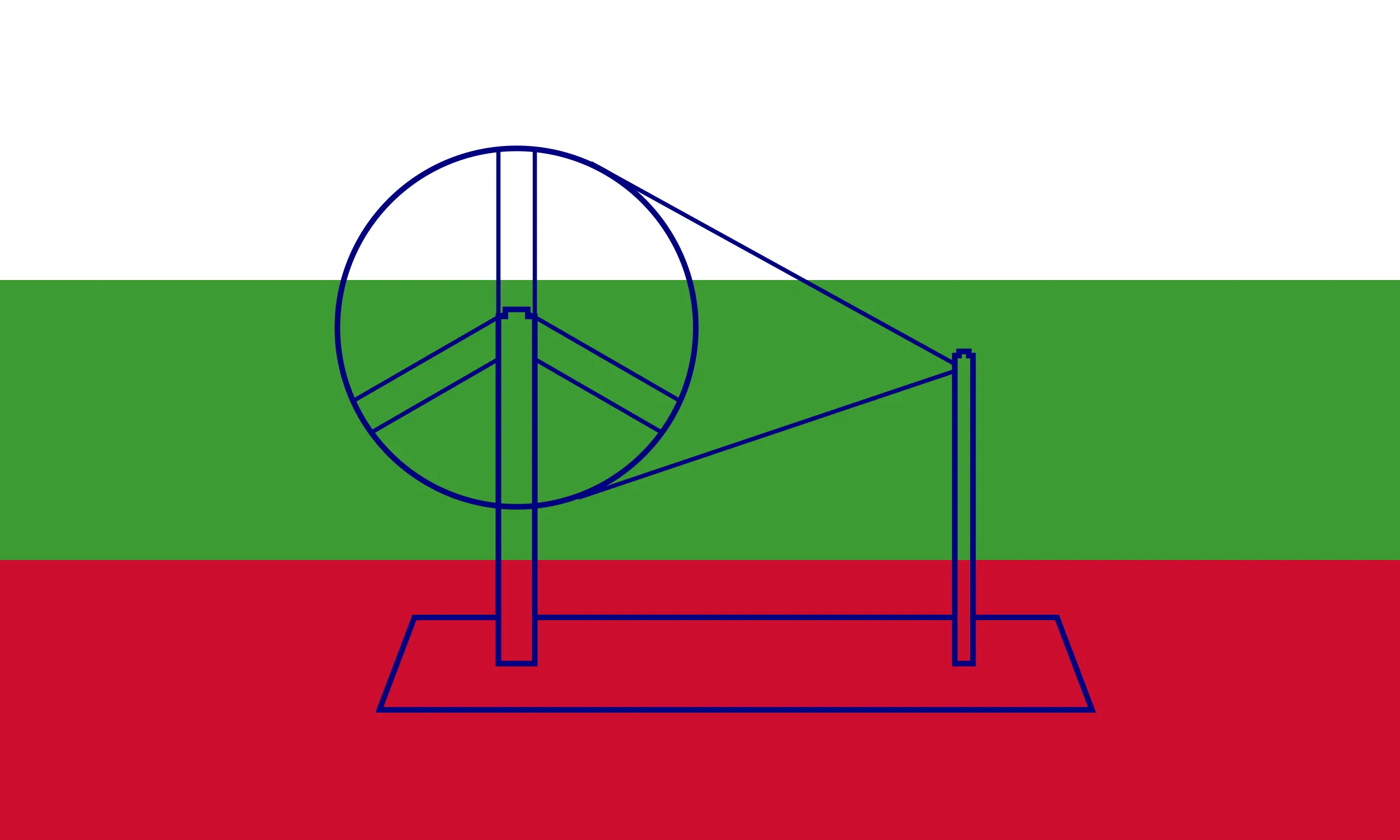
1931 marked a landmark year in the history of the Indian national flag, as a resolution was passed to adopt a tricolour flag as the national flag. The flag created by Pingali Venkayya was modified to a tricolour Tiranga version that is similar to the current national flag. Pingali’s second flag rendition featured saffron, white and green coloured horizontal stripes with Mahatma Gandhi’s spinning wheel in the centre. Unlike the previous one, it clearly stated that it bore no communal significance and was to be interpreted thus.
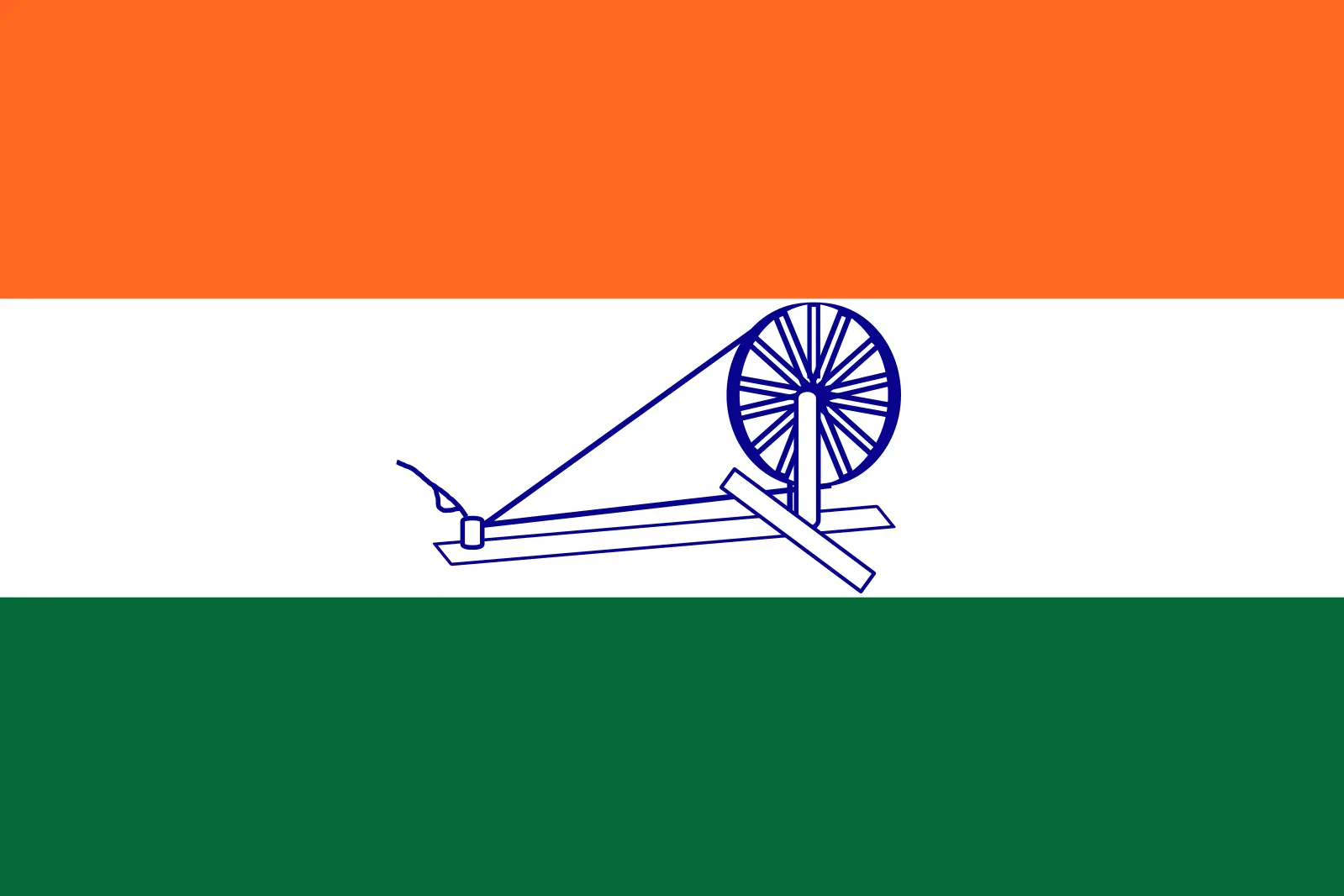
On July 22, 1947, the Constituent Assembly adopted the Tiranga as the Free India National Flag. After India’s independence, a committee was formed to select the national flag, with Rajendra Prasad as the head. The only change made in the tricolour flag was the Dharma Chakra of Emperor Ashoka, replacing Mahatma Gandhi’s spinning wheel. The Dharma Chakra represented law, justice, and righteousness.
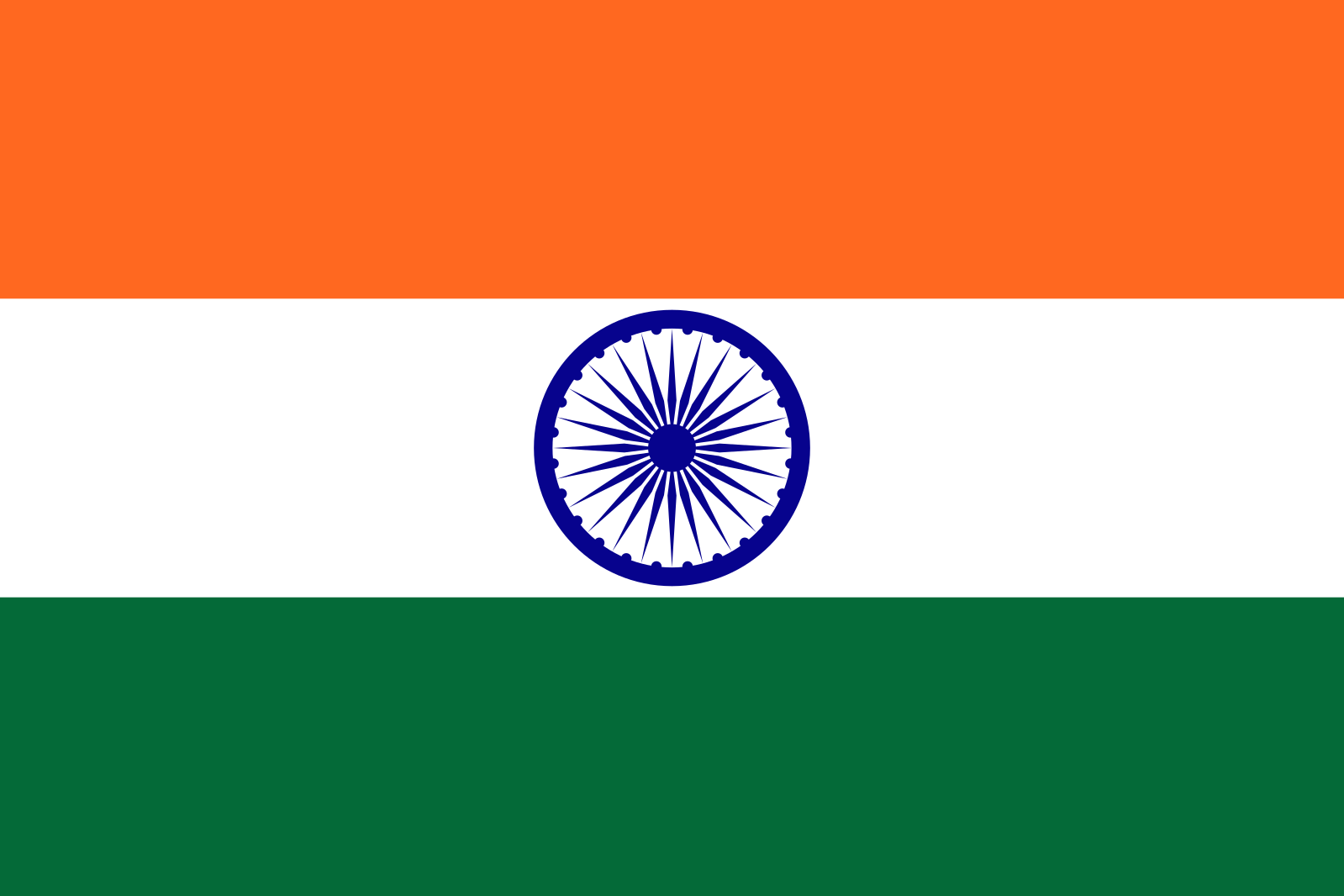
The Flag Code of India
The Flag Code of India combines all laws, conventions, practices, and instructions for the displaying of the national flag. It governs how the National Flag is displayed by Private, Public, and Government Organizations. The Flag Code of India came into force on 26th January 2002. Indian citizens were permitted to display the flag of India over their homes, offices, and factories on any day, instead of exclusively on National days as was the case previously. It says that anyone can proudly display the national flag anywhere and anytime, but should not disrespect the tricolour.
Evolution of Indian National Flag: Quiz PDF
1: Who was the first woman President of India?
Download Evolution of Indian National Flag: Quiz PDF for free!
Evolution of Indian National Flag: Quiz
1. When was the first national flag of India hoisted?
A) August 15, 1947
B) January 26, 1950
C) August 7, 1906
D) March 23, 1931
2. Who designed the first national flag of India?
A) Madam Bikaji Rustom Cama
B) Mahatma Gandhi
C) Jawaharlal Nehru
D) Sachindra Prasad Bose
3. Which event saw the unfurling of the second version of the Indian national flag?
A) Second International Socialist Congress, 1907
B) First Indian National Congress, 1885
C) Quit India Movement, 1942
D) Jallianwala Bagh Massacre, 1919
4. Where was the first national flag of India hoisted for the first time?
A) Red Fort in Delhi
B) Parsee Bagan Square in Calcutta
C) Gateway of India in Mumbai
D) Victoria Memorial in Kolkata
5. What did the yellow stripe in the first national flag of India feature?
A) Vande Mataram written in Devanagari script
B) Ashoka Chakra
C) Jai Hind slogan
D) Satyamev Jayate inscription
6. Who unfurled the second version of the Indian national flag at the second International Socialist Congress?
A) Mahatma Gandhi
B) Subhas Chandra Bose
C) Madam Bikaji Rustom Cama
D) Jawaharlal Nehru
7. What did the Charkha Flag or the Swaraj Flag represent with its white, green, and red horizontal colour strips?
A) Various communities like Hindus, Muslims, and Sikhs
B) The spirit of the movement for autonomy
C) The saptarishi configuration
D) The national flag of the United Kingdom
8. What was the significance of the chakra superimposed at the centre of the Indian flag?
A) Signifying religious diversity
B) Representing unity among different communities
C) Symbolising the progress of the nation
D) Denoting military strength
9. In which year was a resolution passed to adopt a tricolour flag as the national flag of India?
A) 1947
B) 1931
C) 1920
D) 1955
10. Who created the tricolour Tiranga version of the Indian flag?
A) Mahatma Gandhi
B) Rajendra Prasad
C) Pingali Venkayya
D) Emperor Ashoka
| Other Important Links | |
| Monthly Current Affairs | Kerala PSC Latest Notifications |
| Kerala PSC Upcoming Exams | Kerala PSC Previous Questions |
| Entri Rank File | Daily Current Affairs in Malayalam |
Frequently Asked Questions
When was the first Indian national flag hoisted?
The first national flag of India was hoisted on August 7, 1906, at the Parsee Bagan Square in Calcutta (now Kolkata).
What was the significance of the first Indian national flag?
The first flag symbolized the Swadeshi movement, resistance, and the call for boycotting British goods.
Who unfurled the Indian flag at an international forum for the first time?
Madam Bikaji Rustom Cama unfurled the Indian flag at the second International Socialist Congress in Stuttgart, Germany, in 1907.
Who designed the Charkha Flag, and what did it represent?
The Charkha Flag was designed by Pingali Venkaiah in 1921. It represented the major communities of India and symbolized the nation’s progress.
What significant change was made to the flag in 1947?
In 1947, the Constituent Assembly adopted the tricolour flag with the Dharma Chakra of Emperor Ashoka replacing the spinning wheel in the center.



